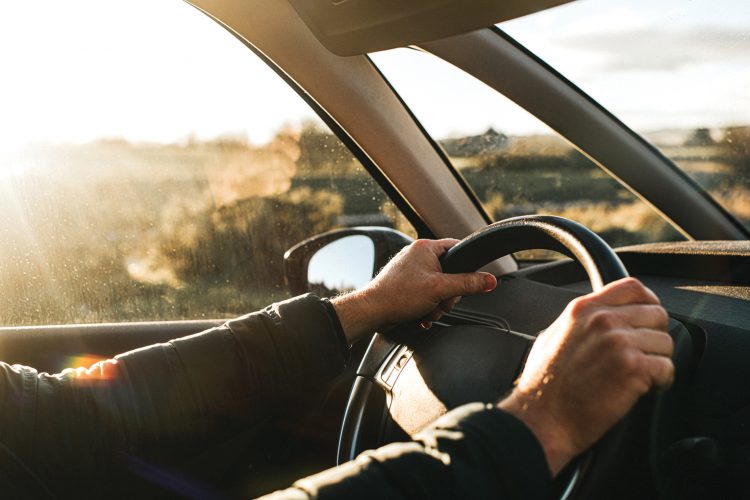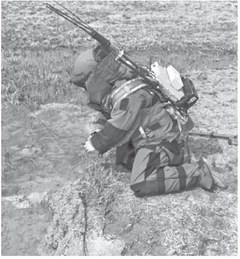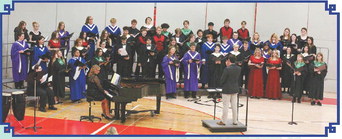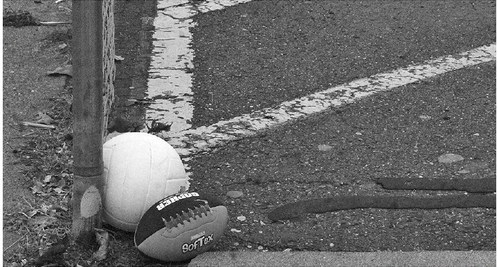Stay alert as daylight fades


As fall settles in and the days get shorter, the Wisconsin State Patrol reminds motorists that driving at dusk or in the dark, requires extra attention. While only one quarter of driving is done at night, 50 percent of traffic deaths in the U.S., happen at night, according to the National Safety Council.
Driving when it’s dark can be more dangerous than driving in daylight, because visibility is reduced, creating less time to react to others on the roads. Depth perception, color recognition and peripheral vision, can also be compromised in the dark. “We must all adapt, as conditions change with the seasons,” said superintendent Tim Carnahan. “Our morning and evening commutes are more challenging in fall, when there is less daylight, so we ask drivers to reduce your speed, to compensate for limited visibility.”
Drivers should also buckle up, put the phone down to minimize distractions and focus when behind the wheel.
Motorists should also inspect their vehicle’s equipment this time of year. Clean the windshield to eliminate streaks, and avoid sun glare in the morning and evening hours.
Headlights and tail lights are essential, as daylight begins to decrease at dusk. Make sure lights are clean, aimed correctly and working properly.
State law requires drivers to always use headlights during hours of darkness, or when weather conditions limit visibility. It helps the driver see what’s ahead and helps other drivers see approaching vehicles. High beams must be dimmed 500 feet upon approaching and while following traffic. Look away from oncoming vehicles, to avoid the glare of headlights, which can cause temporary vision problems.
Drivers with limited vision should wear anti-reflective glasses or contact lenses, every trip behind the wheel. If seeing clearly at night is a significant problem, consider limiting driving to daytime hours.
Watch for pedestrians, as it can be harder to see them at dusk or at night, so drivers should be extra vigilant to share the roads with non-drivers. Slow down and give pedestrians and bicyclists extra room when passing.
Pedestrians should wear reflective clothing to help protect themselves. Bicyclists should use lights at night to be more visible.
Drivers also need to be alert for the possibility of deer crossing the roads, especially in October and November, when deer crashes peak in Wisconsin. There were more than 16,000 crashes involving deer in Wisconsin, in 2022. Five people were killed and more than 500 were hurt in those incidents.
Scan the road ahead carefully and while deer can be seen at any time, they’re most active in the early morning and evening hours. Headlights can confuse a deer and cause it to freeze, so be extra vigilant at night.
If one deer crosses, watch for more. Honk the horn to frighten away any other animals. If the driver can’t avoid hitting a deer, brake firmly and stay in the same lane. If there are other vehicles nearby, do not swerve suddenly. Colliding with another vehicle can result in a more serious crash than hitting a deer.




